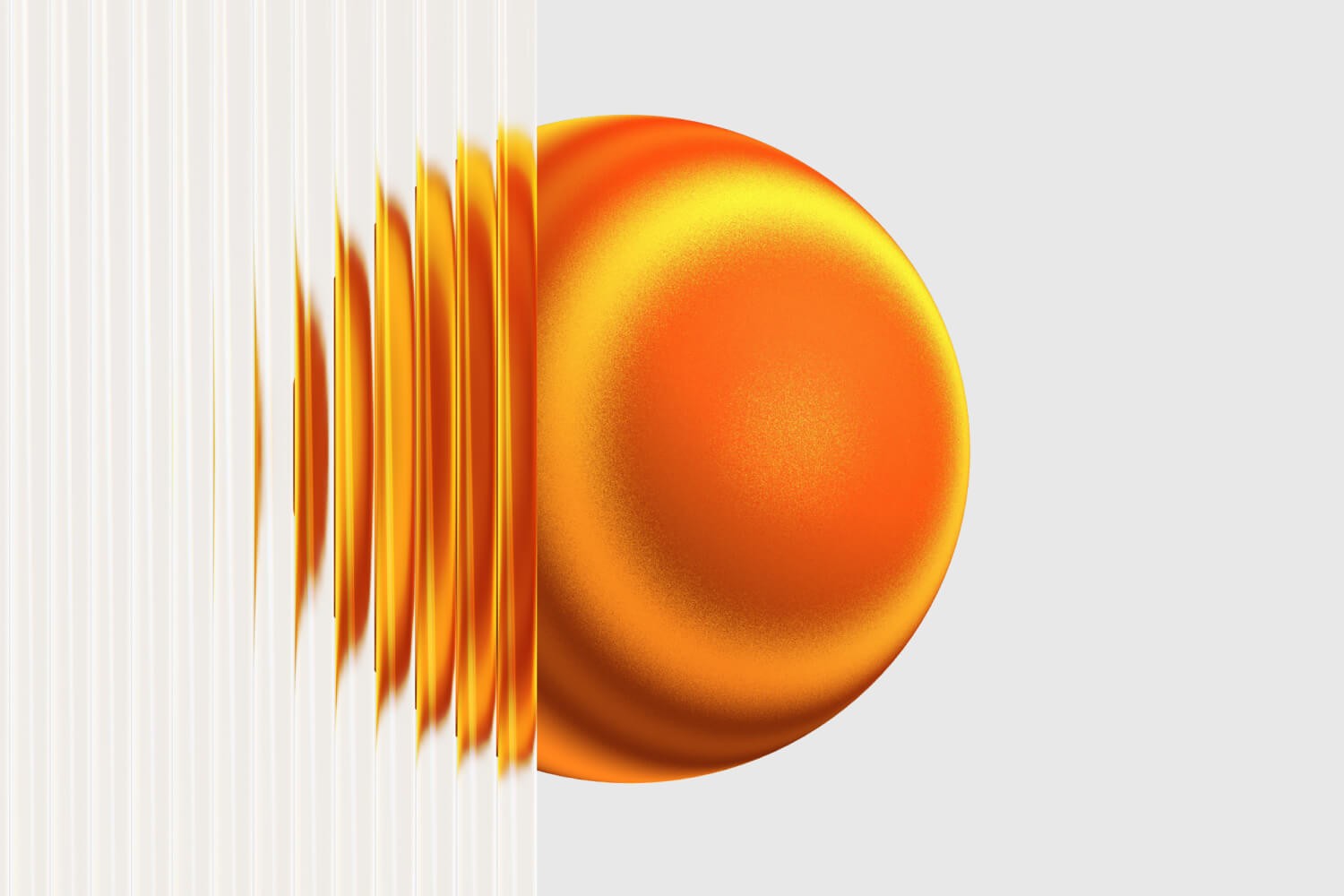"They are capable of recognizing syntax and recombining statements, but they cannot grasp the pragmatics of living contexts because that depends on the experience of a body. Such experience is impossible for a brain without organs. Sensory organs constitute a source of contextual and self-reflective knowledge that the automaton lacks."
In the context of the dematerialization of contemporary art, this transformation involves both how art is produced and how it is perceived. Taking Franco Berardi’s reflections into account, especially when applied to contemporary art, one can say that while the automaton is efficient in objective and syntactic domains, it is flawed and insufficient when it comes to ambiguity, pragmatics, and subjectivity. Art, therefore, emerges as a phenomenon that engages with a broader historical and interpersonal context.
The relationship a human being has with a work of art—whether in its creation or interpretation—stems from the entirety of their sensory organs and from lived experiences that span both past and present. In a context where “digital technologies have created the conditions for the automation of all social interactions,” contemporary art increasingly emphasizes subjectivity and concept over physical materiality.
Lucy Lippard and John Chandler discuss how conceptual art shifts the focus from physicality to the idea itself, suggesting that the physical object often serves merely as the final outcome of an already completed thought process. This marks a broader movement toward the predominance of concept and intellect over material presence and visual impact.
In this framework, art transcends its traditional role as a tangible object and assumes a critical and relational function. Its result is not necessarily a physical artifact, but rather a feeling, an idea, a provocation, or a fleeting moment in which the expectations of social relationships are altered by the work—inviting the viewer into an intellectual and aesthetic engagement.
Thus, dematerialization reflects both a shift in artistic processes and an adaptation to a digitally mediated environment. While automatons may be able to simulate certain human abilities, contemporary art reaffirms the essential role of subjectivity and intersubjectivity—qualities that uphold the uniqueness of human experience. As Duchamp famously stated: “Art is a game between all men of all ages.” In this sense, art either resists total mechanization or subverts it, using it to emphasize the importance of human sensitivity and experience—creating, within the realm of electromechanical exchanges, a kind of oasis.








